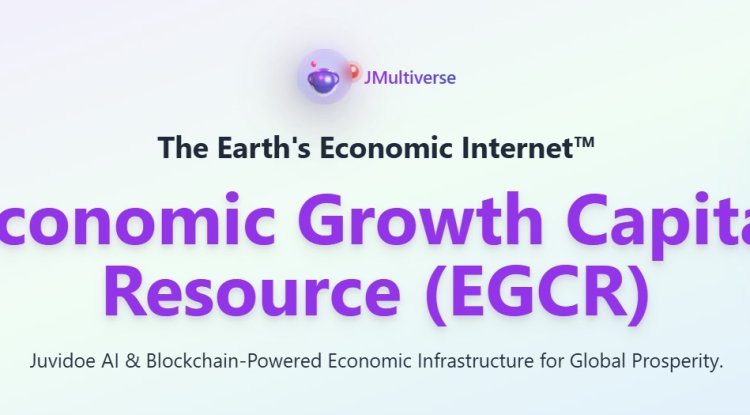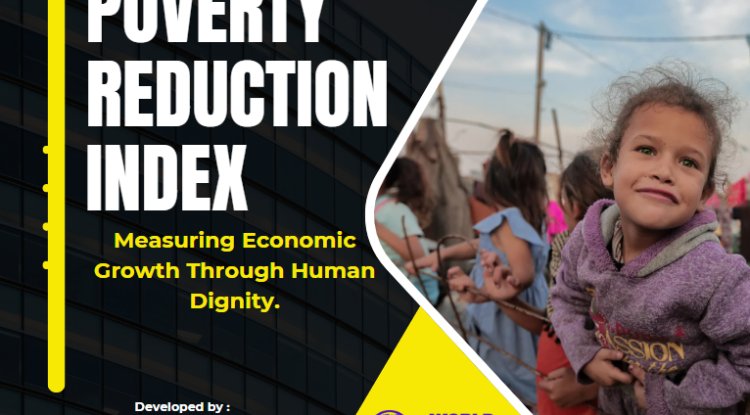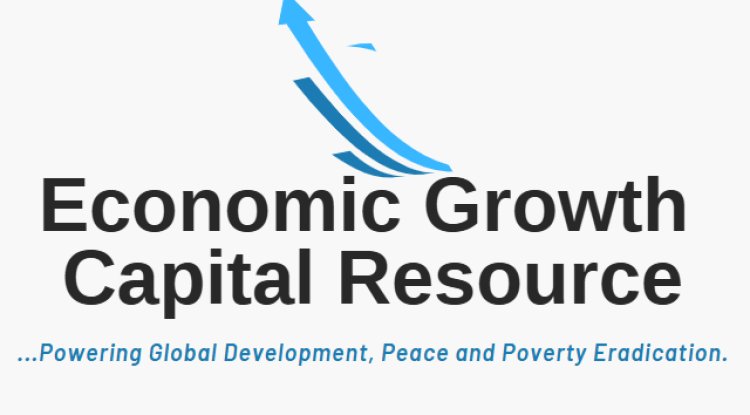Sub-National Wealth and Growth: Key to Global Development
When sub-national regions thrive, the impact reverberates throughout the nation. Vibrant regional economies attract investments, foster entrepreneurship, and generate employment opportunities. They become hubs of innovation and knowledge, driving technological advancements and enhancing competitiveness on a global scale. Moreover, sub-national prosperity contributes to cohesive societies, providing citizens with improved living standards and access to quality education, healthcare, and cultural amenities. By focusing on the development of sub-national entities, countries can unlock their full potential and achieve sustainable, equitable growth.

In today's interconnected and rapidly evolving world, the significance of sub-national prosperity cannot be overstated. As nations strive for economic growth and social progress, it is becoming increasingly crucial to recognize and harness the potential of sub-national governments. These regional entities, which range from states and provinces to cities and municipalities, play a vital role in driving local economies, fostering innovation, and enhancing their citizens' overall quality of life. Understanding the importance of sub-national prosperity is not only an academic exercise but also a practical and strategic imperative for policymakers, investors, and community leaders.
Sub-national prosperity encompasses many elements, including economic growth, job creation, infrastructure development, social welfare, and environmental sustainability. While the national level often garners the spotlight, the success and progress of a country as a whole are intricately linked to the well-being of its constituent regions. Sub-national governments can uniquely tailor policies and strategies to local needs and opportunities, facilitating inclusive growth and addressing regional disparities.
When sub-national regions thrive, the impact reverberates throughout the nation. Vibrant regional economies attract investments, foster entrepreneurship, and generate employment opportunities. They become hubs of innovation and knowledge, driving technological advancements and enhancing competitiveness on a global scale. Moreover, sub-national prosperity contributes to cohesive societies, providing citizens with improved living standards and access to quality education, healthcare, and cultural amenities. By focusing on the development of sub-national entities, countries can unlock their full potential and achieve sustainable, equitable growth.
Despite the inherent advantages and potential for prosperity, sub-national governments face a myriad of challenges in their pursuit of development. One of the primary obstacles is the limited fiscal capacity of these entities. While they bear significant responsibilities, including service provision and infrastructure development, sub-national governments often need more financial resources and heavy dependence on transfers from central authorities. This fiscal constraint hampers their ability to implement effective policies and invest in critical areas that drive growth and enhance the well-being of their constituents.
Additionally, sub-national governments often grapple with governance and institutional issues. Ensuring transparency, accountability, and effective decision-making processes can be complex, particularly in regions with diverse populations and competing interests. Political decentralization, though crucial, requires strong institutional frameworks and skilled human capital to ensure efficient governance and public administration.
Furthermore, sub-national governments face the challenge of balancing their autonomy and the need to coordinate and align their development strategies with national goals. Collaboration between different tiers of government is vital to avoid duplication of efforts, address cross-cutting issues, and leverage synergies for enhanced outcomes.
Striking this delicate balance is crucial to enable sub-national entities to chart their development paths while fostering national cohesion.
Recognizing the challenges sub-national governments face, it becomes imperative to explore alternative approaches to development that allow for greater autonomy and self-reliance. Relying solely on central government policies and resources may limit the ability of sub-national governments to respond effectively to local needs and seize emerging opportunities.
Independent ways of development empower sub-national entities to tailor their strategies, aligning them with their unique strengths, resources, and aspirations. Embracing innovation, promoting entrepreneurship, and encouraging local stakeholder engagement can foster an environment conducive to independent growth. This approach allows regions to capitalize on their comparative advantages, such as natural resources, cultural heritage, or industry specialization, while promoting sustainable and inclusive development.
Moreover, subnational governments can explore collaborations with international partners, engage in inter-regional cooperation, and tap into global networks to expand their horizons and foster knowledge exchange. By proactively seeking opportunities, sub-national entities can overcome limitations and unlock their full potential, contributing to national development while enhancing their prosperity.
My book "Subnational Prosperity", is a comprehensive guide to understanding sub-national prosperity and navigating the challenges sub-national governments face. It combines expert perspectives, case studies, and policy recommendations to illuminate this critical topic. The book is a transformative concept that empowers state, provincial, regional, and local governments to build their economy, create wealth, and foster development within their territories.
At its core, sub-national prosperity entails the ability of sub-national governments to forge direct partnerships with local and international organizations. These partnerships are critical in shaping and promoting economic growth and development in subnational areas and communities. Collaborating with relevant stakeholders, sub-national governments can leverage resources, expertise, and market opportunities contributing to economic progress.
However, while engaging in these partnerships, sub-national governments must maintain their authority and prevent any form of neo-colonization. The aim is to ensure that no territory is subjected to foreign control in the name of economic development. Upholding independence and discretion in each agreement is paramount. Sub-national governments must negotiate agreements that align with their goals and priorities, safeguarding their autonomy and the interests of their local territories.
One of the key objectives of sub-national prosperity is to bring forth tangible, measurable, and healthy growth and development. It goes beyond mere economic indicators and encompasses broader societal well-being. Sub-national governments can
create environments that promote social welfare, environmental sustainability, and inclusive economic opportunities by focusing on holistic progress.
While doing that, the health and safety of the people must be prioritized. This includes ensuring that companies operating within sub-national territories adhere to stringent safety standards and environmental regulations. By holding companies accountable and ensuring responsible practices, sub-national governments can protect their communities from the negative consequences of exploitative economic activities.
In essence, sub-national prosperity revolves around empowering sub-national governments to become active drivers of their economic destiny. It emphasizes the importance of creating direct partnerships with local and international organizations while maintaining authority and safeguarding independence. The overarching goal is to foster tangible growth and development that positively impacts the well-being of the local communities.
We will explore the meaning of sub-national prosperity in greater detail. We will critically examine its aim and objectives, emphasizing the importance of maintaining independence and prioritizing the well-being of communities. By providing insights and strategies, to guide sub-national regions and governments seeking to embark on a path of self-reliance, prosperity, and sustainable development. The WSandN is dedicated to supporting subnational regions throughout their entire journey towards creating wealth and fostering development.




















